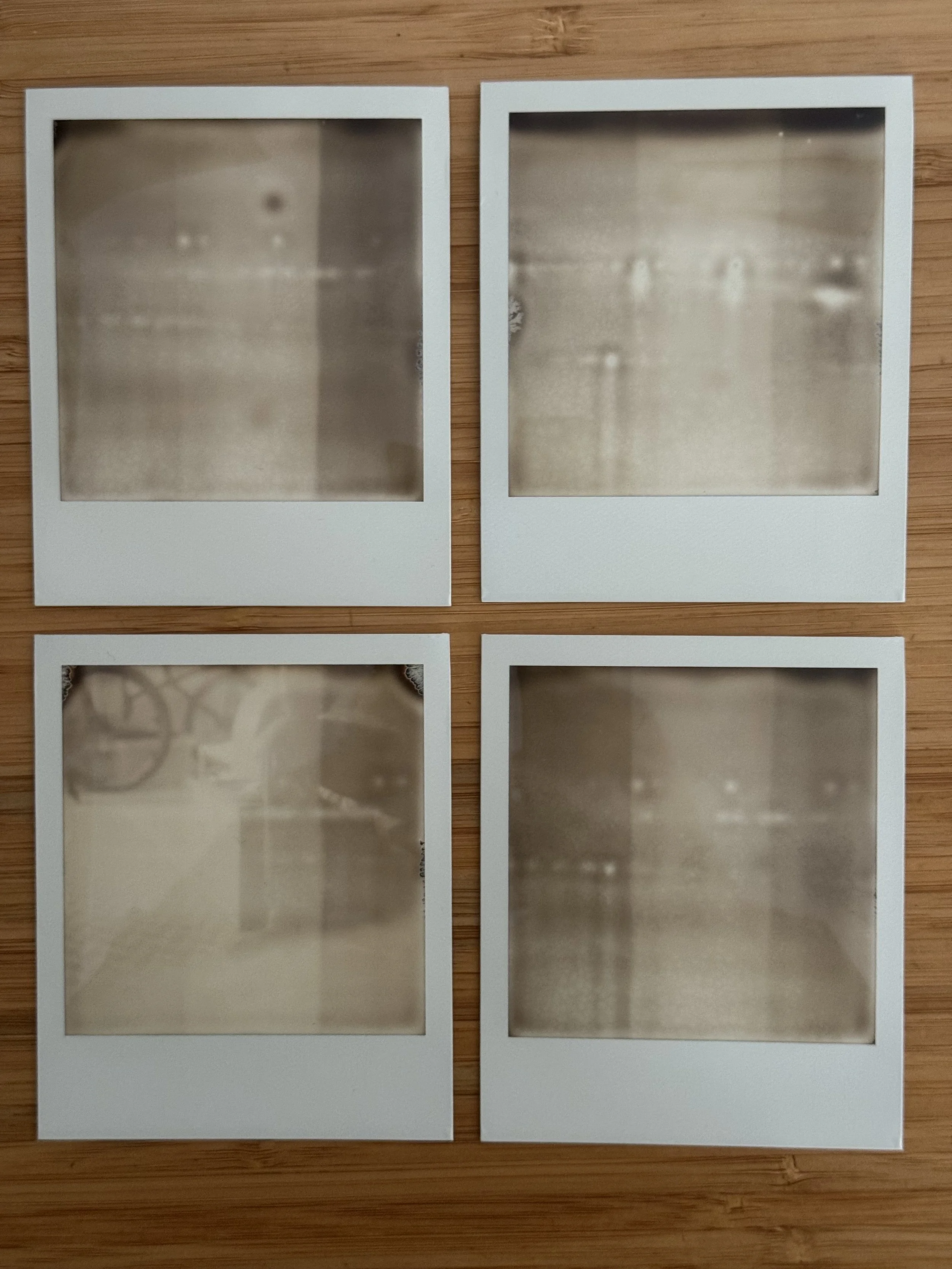The Uncanny, the Weird and the Eerie, and now the Absurd
I had previously read Freud’s The Uncanny in relation to my earlier practice, then a couple of years ago I read Mark Fisher’s brilliant The Weird and the Eerie on a hot tip. That text also resonated with me in relation to my artwork.
As with visual art I am passionate about the ability of other mediums such as film and literature to embody, reveal and communicate human truths that can cross boundaries of time and place. From the beginning of my artistic practice more than twenty years ago I have sometimes drawn upon art and literature from centuries past wanting to recognise and continue certain recurring human themes by my own exploration.
I first encountered the Myth of Sisyphus in a thinly veiled reference many, many years ago while reading Philip K. Dick’s Do Androids Dream of Electric Sheep? (the book on which the iconic film Bladerunner is based). Initially I wasn’t aware of the reference to the ancient Greek myth but a fellow enthusiast at the book shop I worked at then enlightened me. It was no surprise as despite science fiction not having the best literary credentials or status, Dick often included “high culture” references in his writing.
As a young student of the arts interested in philosophy, I read The Outsider by Albert Camus (it seemed almost obligatory for me to do so), but I only recently got around to picking up his other seminal text The Myth of Sisyphus and discovering within it his notion of the Absurd which truly struck a chord.
Albert Camus posited that the Absurd is a phenomenon that results from the discrepancy between Humanity’s innate desire for meaning and the indifferent universe’s readiness to provide a rational or external justification for our existence. Camus himself uses as illustration the example of the myth of Sisyphus, doomed to endlessly repeat a meaningless task – a punishment meted out by the gods he’d tricked. Images that come to mind for me are also those of someone shouting questions into a void and waiting for answers, or similarly, being frustrated with getting no novel answers from questions asked of one’s own reflection in the mirror.
In discovering this particular philosophy of Camus, I felt like I was discovering a missing piece of the puzzle. The Absurd representing the discrepancy between the human’s desire for meaning and the world’s inability to provide it seemed to be the fourth corner of a latent square embodied in my work that already included the Uncanny, the Weird, and the Eerie. And it made perfect sense; all these concepts represent a tension between the innate or phenomenological understanding of ourselves and the world and the projected or intellectual world with a cognitive dissonance being a consequence of the disunity.
This then it seems is what I am trying to elucidate and depict in my work; the mechanism, the tension, the dynamic of the two in relation – the phenomenological truth of individual being versus the expressions of selves in relation to the external world. And curiously, as is so often the case, the universe responded in a serendipitous way while I was reading and having this revelation. Let me explain.
I have a number of vintage analogue cameras (my collection used to be larger, but many have sadly been sold to release necessary funds). One of my favourites of the remainders is a 1970’s folding Polaroid SX-70 Camera designed by Edwin Land founder of the Polaroid company and inventor of the Polaroid instant photographic process.
It is an icon of product design where form meets function in a way that rivals Apples best products which have excelled for achieving the same. While the camera is electronic it is probably unique in not having a battery in the camera to power the light meter and electric motors which eject the photograph. Instead, the required power is supplied by a battery that is housed within each film cartridge.
Now, as I enjoy the aesthetics and design of the SX-70 Camera so much, I have my bargain Ebay procured model on display in my lounge. It has never functioned quite correctly (I keep meaning to send it off to one of the enthusiast expert repairers that will return it to its former glory) so despite some test shots it has never been used in anger.
So, the camera was sat on a shelf on display, unfolded and ready for action and with a half-used cartridge of black and white polaroid film inside. And while I was sitting reading about and contemplating Camus’ notion of the Absurd, the camera – no doubt because of the dying battery in the film cartridge – started spontaneously to take pictures and slowly eject them until the cartridge was empty!
I could not help but laugh out loud for this perfectly timed technical failure seemed to be producing the most perfect example of Camus’ Absurd – a camera whose only reason for existence is to produce pictures that capture and convey meaning, that had been positioned to be looked at rather than facilitate seeing was now producing illegible pictures of nothing in particular! The camera itself called out for meaning to justify its existence “Of what should I take pictures?”. The universe replied, “You are a camera”.

